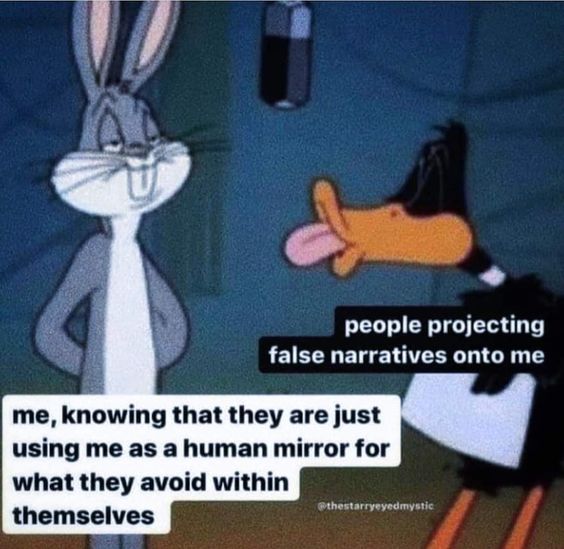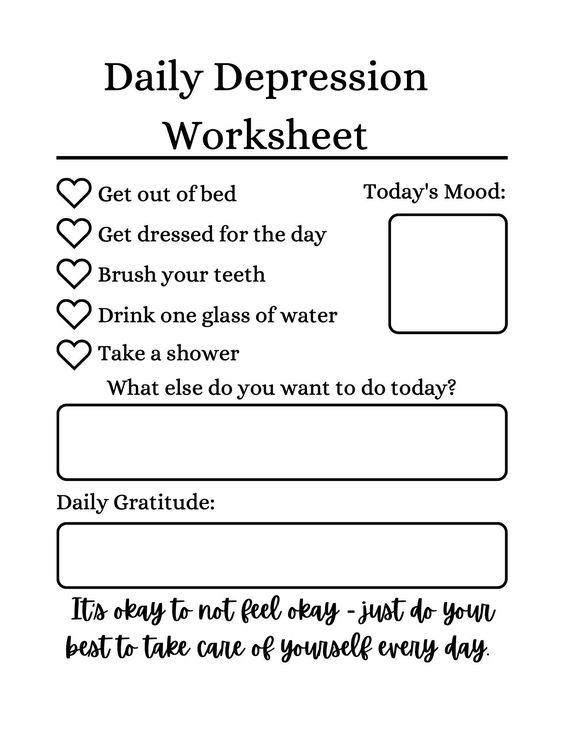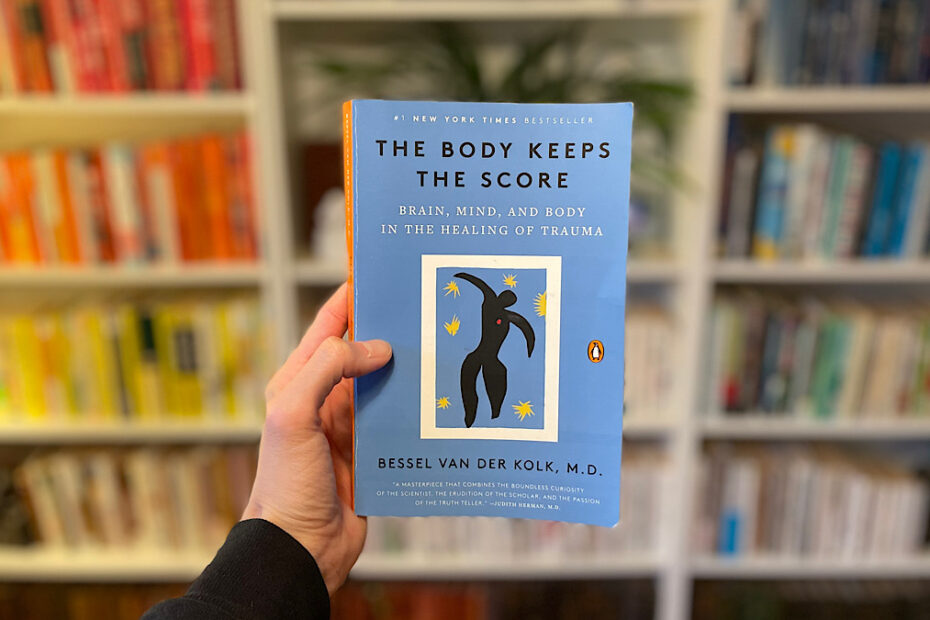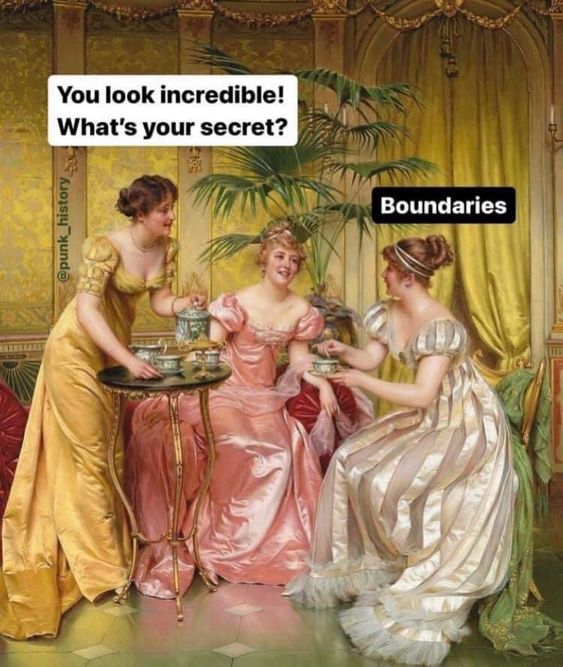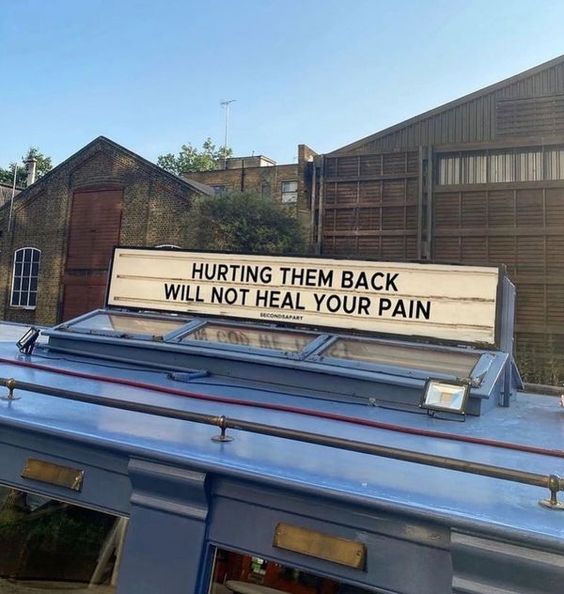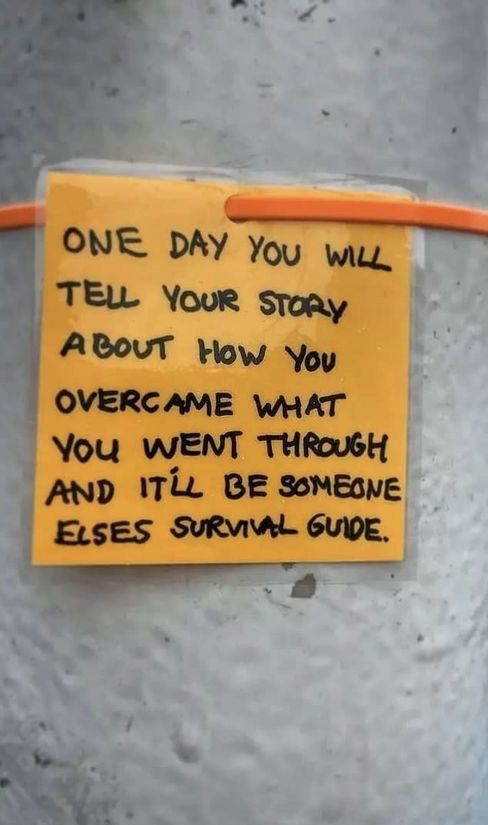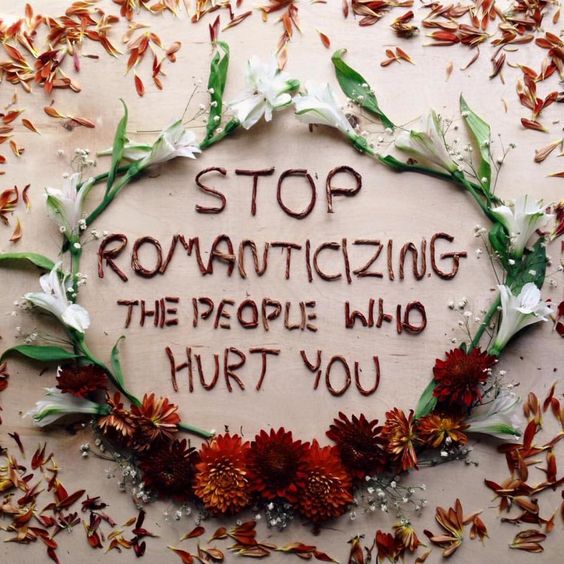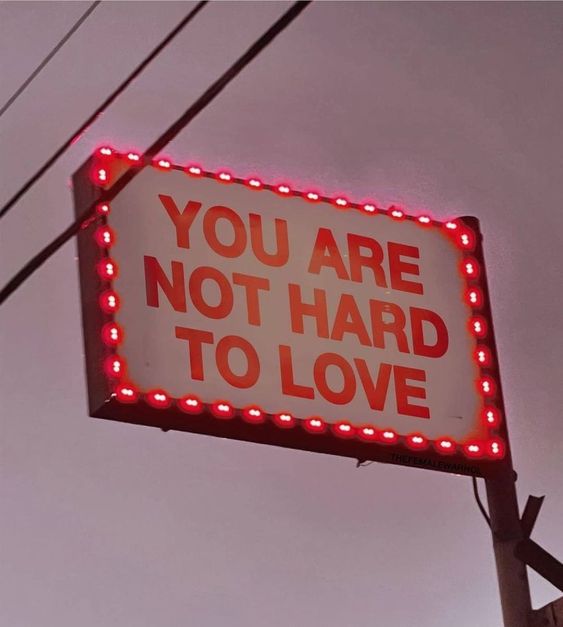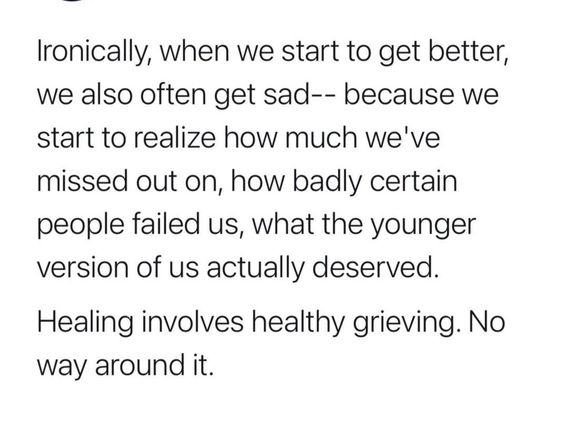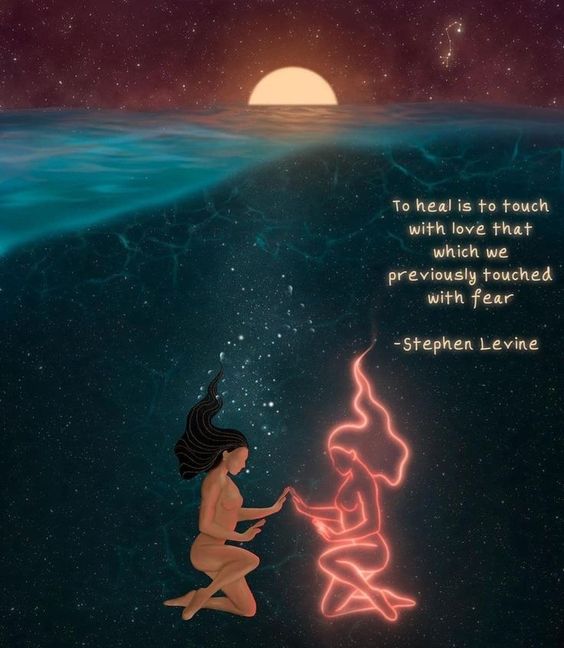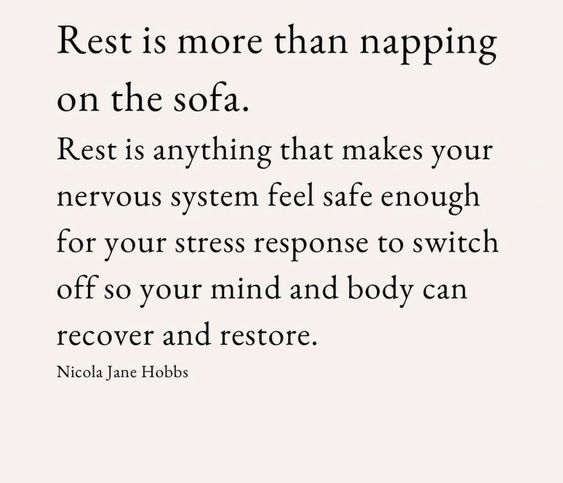“The therapist is an observer and a catalyst. He has no power to ‘cure’ the patient, for cure is entirely out of his hands. He can add nothing to the patient’s inherent capacity to get well, and whenever he tries to do so he meets stubborn resistance which slows up the progress of treatment. The patient is already fully equipped for getting well.”
Sheldon B. Kopp, If You Meet Buddha On The Road, Kill Him! (Page 4)
40 Bessel van der Kolk Quotes on Trauma and Healing from The Body Keeps The Score
Excerpt: A deeply insightful collection of quotes on trauma and healing from one of the world’s foremost experts on trauma, Bessel van der Kolk.
Read More »40 Bessel van der Kolk Quotes on Trauma and Healing from The Body Keeps The Score
“There is no perfect formula for healing. No precise amount of time that it takes to mend the heart and mind. With healing, time is not even the major factor. What matters most is that you are putting energy into unpacking, understanding, and unbinding the heavy conditioning and hurt that you carry. Through meditation, journaling, therapy, or intentional living, you will find a process that helps you feel renewed and lighter. Make sure that rushing or forcing is not part of your plan; quickness is not a sign of healing or strength. Let the ups and downs be a natural part of your journey, don’t fight the fact that every day will not be a great day. Let yourself breathe into each moment, keep directing your life with the magic of your intention, this will help you find your way…”
Yung Pueblo
“The problems that some of us face are mental—anxiety, depression, loneliness—whereas for many of the people in need of service the greatest challenges are more basic—food, clothing, shelter. We can heal our mental challenges by helping them with their physical needs. Service, therefore, is a reciprocal exchange. You’re not saving anyone by helping them—you need help as much as they do.”
Jay Shetty, Think Like A Monk (Page 265)
“Find me someone who has gone to the darkest parts of their own character where they were so close to their own self-destruction and found a way to get up and out of it, and I will bow on my knees to you… You’re my teacher.”
Seane Corn, via Think Like A Monk (Page 259)
“It’s hard to think about selflessness when we are struggling. And yet that is exactly what I learned as a monk. Selflessness is the surest route to inner peace and a meaningful life. Selflessness heals the self.”
Jay Shetty, Think Like A Monk (Page 256)
“Using visualization, we can revisit the past, editing the narrative we tell ourselves about our history. Imagine you hated the last thing you said to a parent who passed away. Seeing yourself in your mind’s eye telling your parent how much you loved them doesn’t change the past, but, unlike nostalgia and regret, it starts the healing. And if you envision your hopes, dreams, and fears of the future, you can process feelings before they happen, strengthening yourself to take on new challenges.”
Jay Shetty, via Think Like A Monk (Page 197)

